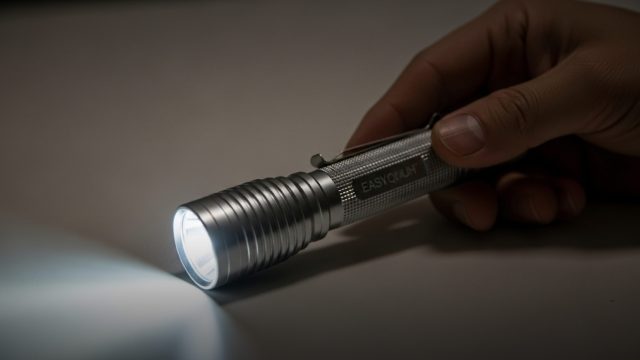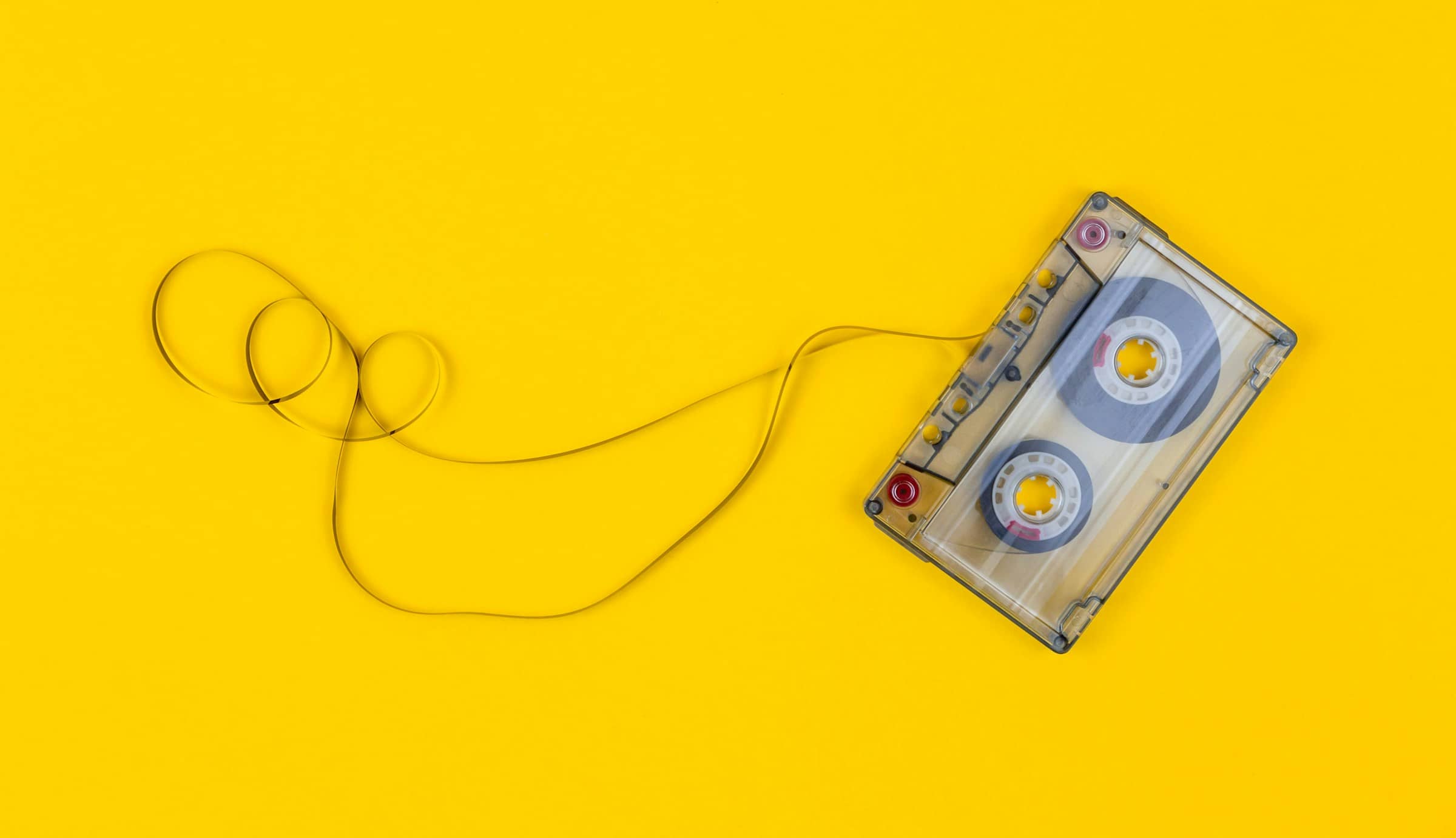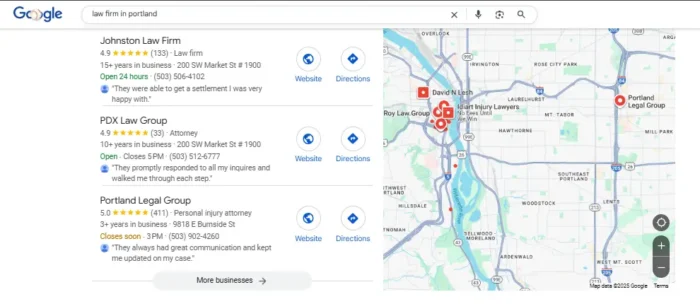The 7 Most Overlooked Items in Every DIYer’s Toolkit (And How to Fix It)
Sooner than later, you’ll realize there are projects you’d rather tackle yourself. Whether you’re a homeowner or need to hang pictures in your new apartment, a toolkit can be indispensable. But it can be tricky to know which tools...

Sooner than later, you’ll realize there are projects you’d rather tackle yourself. Whether you’re a homeowner or need to hang pictures in your new apartment, a toolkit can be indispensable. But it can be tricky to know which tools will come in handy. And it’s not unusual to realize you need something when it’s missing during an important job.
To avoid this, you can stock your toolkit with the items most people overlook. While many individuals think of a hammer and a screwdriver set, there’s more to a complete DIY toolkit. Here are seven items to consider adding immediately.
1. Flashlight

Certain jobs have to be done in the dark, when the power’s out, and in spaces with poor lighting. Say you get an unexpected freeze warning in the early fall. Time to shut the water off to your irrigation system and at least wrap up your backflow. You might need to wrap up your backflow device outdoors at night.
These devices are typically on the side or back of your home, where there may not be a porch light. Having an LED flashlight will help you see well enough to prevent damage to your outdoor pipes. Battery-powered flashlights are also good for seeing under sinks, in crawlspaces, and when the grid is down.
2. Cordless Drill

Sometimes, a screwdriver isn’t enough to get a nail into a wall. You may need a drill to make a hole first. Drill bits can also help secure a nail in place in less time. You don’t have to use your muscles to drive a nail into an opening.
Cordless drills with a variety of drill bits make securing and removing nails more efficient. You’ll avoid overextending yourself, plus you won’t get as frustrated with trickier projects. A cordless drill runs off a rechargeable built-in battery and can easily be stored in a garage cabinet.
3. Adjustable Wrenches

Think you’re set with a hammer and a canister of nails? Well, you might want to consider adding adjustable wrenches to your toolbox. Wrenches help tighten and loosen nuts or bolts. You’ll find these hardware pieces on backflow preventers, appliances, and furniture.
It’s much easier to get a grip on nuts and bolts with the right type of wrench. You can tighten the bolts on your backflow preventer to fix small drips, repair shelves, and repair plumbing. A wrench can save you from having to call a pro if all the pipes need is a bit of tightening.
4. Stud Detectors

Hidden behind your home’s drywall are studs. Wall studs provide structural support for the walls and whatever is attached, including fixtures. Finding the studs can be crucial when you want to hang objects on the wall.
Think of TV sets you mount above a fireplace, larger pictures, and decorative shelving. You can use the old-fashioned method of tapping on your walls while listening for telltale solid sounds. Alternatively, you could upgrade to the technology of a stud finder. You’ll find the wall studs with greater accuracy and in less time.
5. Sandpaper

Sandpaper works on wood surfaces and walls. Say you have a small porch with a wooden railing. Every so often, you need to re-stain it to keep it looking good. After cleaning the wood, sandpaper will smooth out any rough patches.
The smoother the surface, the better a refreshed coat will look. You can also consider adding sanding tools to your DIY toolkit. These power tools accomplish the same result without the elbow grease.
6. Landscaping Tools

At some point, you’ll want to give your inner green thumb a try. Landscaping costs can add up quickly if you hire everything out. But if you keep a small gardener’s set on hand, you can tend to outdoor plants. You can even start a garden if you want.
Backyards and balconies are great places to grow your produce. Other items to add include adjustment tools for sprinkler heads. This way, you can address minor issues with your sprinkler system. Heads are notorious for needing adjustments after someone mows the lawn and after the winter season.
7. Personal Protection Equipment

When you’re working on projects, you’ll want to protect yourself from injuries. Stocking your DIY kit with goggles, masks, and gloves will cover the basics. You may also want to consider earplugs if you’re sensitive to loud noises from machinery. Yes, some people wear masks and ear protection for weekly chores like mowing the lawn.
Masks protect homeowners from allergies to grass clippings and poor outdoor air quality. Simultaneously, masks shield your respiratory system from dust particles. Protective eyewear and gloves keep more vulnerable parts of your body safe from hazards like chemicals or loose objects. DIY might save you money, but skimping on protective equipment could quickly rack up unexpected medical bills. Do yourself a favor by stocking up on safety gear.
Fixing Your DIY Kit
In 2024, 63% of homeowners had renovation plans. Of those home dwellers, 43% aimed to go the DIY route. Saving money is a big motivator for DIYers. However, you need the right gear to tackle those projects with ease. Otherwise, you could end up spending more than anticipated. To avoid calling in the pros, be sure to add no-brainer and overlooked items to your toolbox.

 Troov
Troov 






























